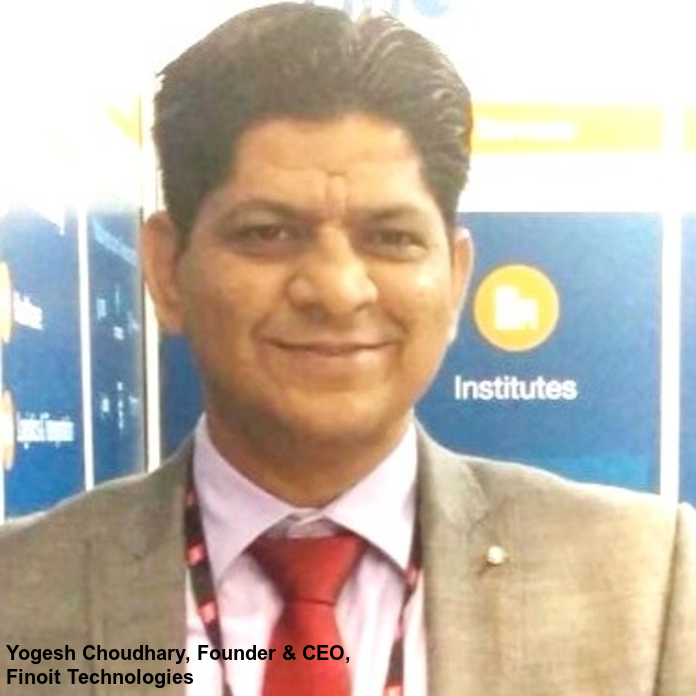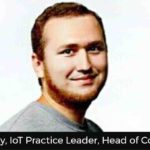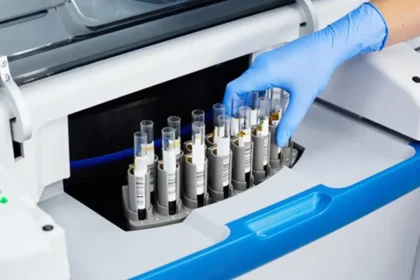Imagine you are running late for a meeting. Your self-driving car automatically comes out of the garage, park itself right at the gate, opens the door, and as you hop in, you just voice command the location, and it quickly takes you to the destination, avoiding all the busy routes.
It is a soon-to-be reality, as most of these have already been realized in chunks. We have self-driving cars, we have voice recognition software powered by AI, and we have sensors and the Internet to connect everything—IoT.
We have strategists and technologists working together to create a convergence of these technologies to create a better life for everyone in society. You can see the same kind of convergence in the IoT (Internet of Things), a fabulous concept that makes the man and machine, and the Internet interconnected.
The concept of IoT is not unique to any business or industry, from automotive to electronics and agriculture to healthcare. At Finoit Technologies, we have built IoT web platforms to connect, manage, and track home appliances and systems for smart and connected solution providers. In industrial environments, we also have closely worked with car entertainment systems and accessories manufacturing company to build a system architecture in sync with hardware, enabling them to bring hardware data on the cloud for effective diagnostic and reporting outputs.
IoT can be applied to any machine equipped with sensors and could be connected to the Internet. If you have a machine, you could achieve higher monitoring capabilities and real-time data applying IoT to it.
Building the Foundation for Decision Making
The benefit of high-end monitoring is that we will not be dependent on a series of incidents to prepare a data map, analyzing which we can identify a pattern and come to a solid conclusion. IoT enables us to achieve an advanced level of surveillance—smart surveillance wherein machines or say robots can give citations to humans.
These citations are reliable, until not maliciously messed up with, to be used as the foundation of making decisions for creating new revenue streams, increasing productivity and effectiveness, reducing costs or coming up with a new business model.
Challenges
Opportunities in IoT are limitless and so are the challenges. It calls for smarter decisions and digital edge to achieve a secure, scalable, and flexible solution. Some of the key challenges are:
Growing Volume of Connected Devices
The major challenge comes from a large volume of devices. The Internet of Things Forecast, Mobility Report by Ericsson reveals that out of the estimated 29 billion connected devices by 2022, around 18 billion will be associated with IoT. Connecting and managing these devices, especially in context with communication, data integrity end-to-end (E2E) from device to application data usage is crucial to the IoT project’s success.
IoT Security
Security is another challenge, and the top of it is data security, which should be a priority right at the product’s design phase. To create an effective IoT security strategy, begin with assessing the components involved in the IoT infrastructure, mainly: application, communication, and device. Data navigate through these components in IoT infrastructure and thus effective security measures for each component throughout their operational life must be taken, specifically for data housed in applications and databases, data accessible by users and devices, and data to be transmitted.
Evolving Internet Infrastructure
Besides, the unpredictability arising from the evolving state of Internet infrastructure create more complexities. The evolution of internet infrastructure is focused on “coverage enhancement”, which will improve communication and open new doors of possibilities for industries.
Businesses investing in the Internet of Things must look towards the future of Internet-the evolved Internet with its strengths and weaknesses. For example, the 5G network is still not available in many countries that could be potential markets for businesses. Also, dynamics in these emerging markets are changing, with new connected device manufacturers, creating interoperability issues.
The challenges will always be a part of the project, IoT or any other, but it is the knowledge, experience, and execution capabilities that make the difference.
Reinvent to Disrupt the Industry
When we discuss the future of IoT, we have to realize that no technology is absolute in itself and is subject to gradual evolution. For example, IoT in itself is the convergence of many such technologies, like the Internet and Mobility. And so how a business come with new ideas to use the technology to solve their business problems also determines its future. A business planning to implement IoT must be in constant lookout for IoT uses that could disrupt the industry, focus on workforce development, and push for the new revenue-generating model.
Author
Yogesh Choudhary is the founder & CEO of Finoit Technologies, a leading custom software development company. He is known for enabling organizations with the best innovations in the industry and building highly functional teams.










